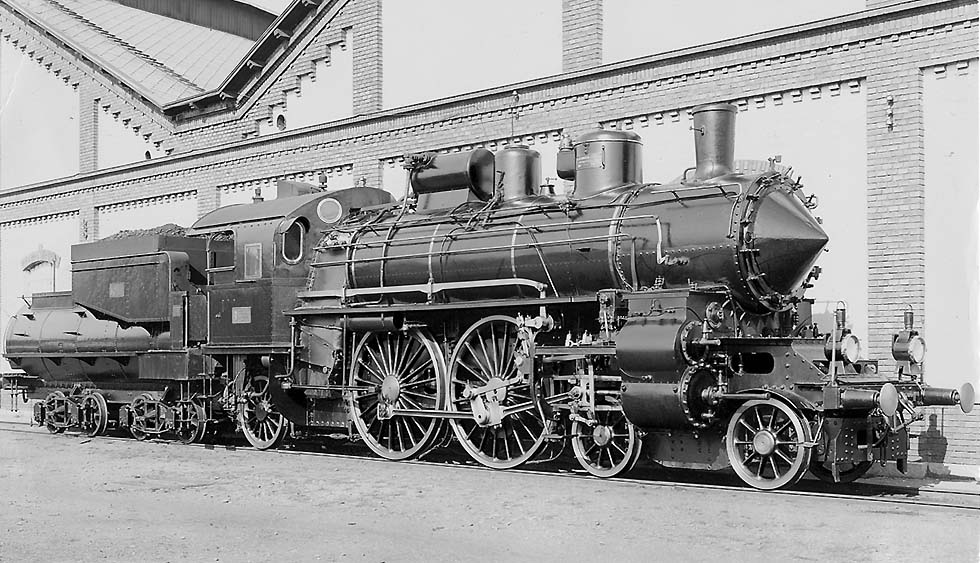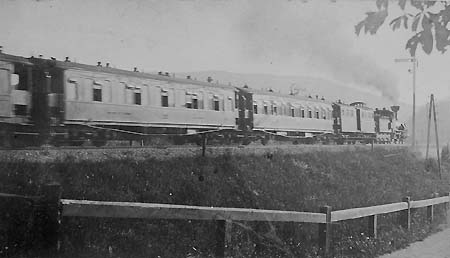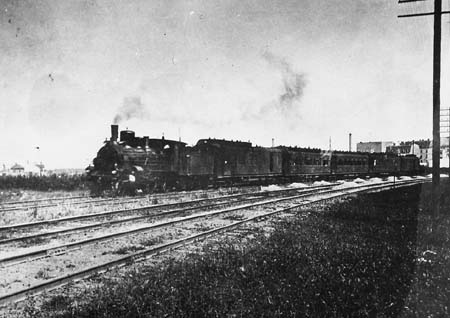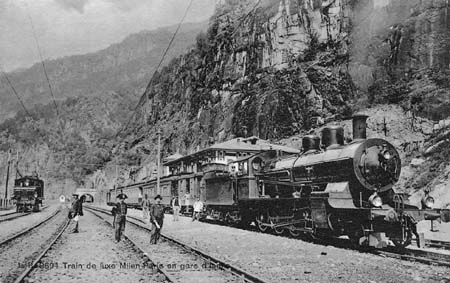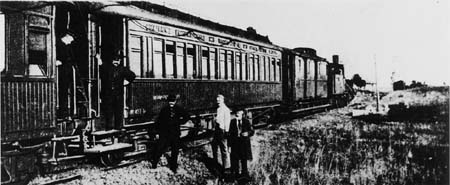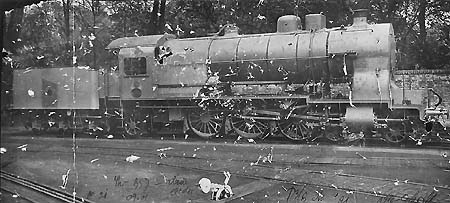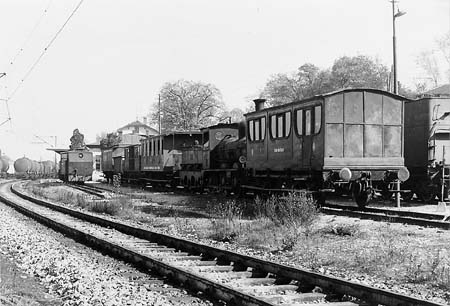
| trains-worldexpresses.com |

| |||||||
| TRAINS | World-Trains | Orient-Ex | Mideast | Indian Mail | Transsiberian | Rome-Ex | Cape to Cairo | Sud-Ex | ...adieu... |
|
The Myth |
Chronology |
Belle Époque |
World War I |
Art Deco |
World War II |
Decline |
The End |
Nostalgic Orient Expresses |
Travels - - Reisen | Orient-Express adieu... | |||||||||
|
B e l l e É p o q u e
"L'Orient express, qui circule au milieu de nous comme un sang depuis longtemps familier, a, pour ainsi dire, vivifie les premiers pas de ce pays. …Et l'une de mes fiertes sera de l'avoir, dans la mesure de mes moyens, soutenu et seconde."
Ferdinand, Tsar of Bulgaria The Belle Epoque was the time of the "Grands Express" with its "cachet de yacht de luxe, the trains of the privileged ones, the trains of the politics… In 1883 the "Conference a quatre" planned regular trains to Istanbul, the Conventionszug or Konventionalzug. Nagelmackens already had run his Train d' Éclair test train Paris - Vienna and politics enabled him to introduce the exclusive de-Luxe Orient - Express. He ordered six-wheelers with sleeping and seating accommodation too, probably in order to equip also the Conventionszug. He did not get this service, but his exclusive Orient-Express in any case was the more important train. From June 1883 the Orient-Express of the CIWL, hauled by the various state railways' locomotives, ran to Giurgiu in Romania with connection by a tiny steam ferry boat to Ruse in Bulgaria, by an ordinary train to Varna and by steamer to Istanbul. From 1885 the Orient-Express had also a once-weekly run to Nis in Serbia, where courageous passengers continued the trip by stage coach. From 1888 the express could use new state railways and the Orientbahn, built for the Sultan by baron Hirsch, on its first direct run to Istanbul. From 1995 the Romanian section of the de-Luxe was extended to Constanta with steamer connection, a second way to the Bosphorus. In 1894 a de-Luxe Ostende-Vienne-Express provided a new connection from London, in 1895 extended to Constanta. Temporarily in 1900 and then from 1909 this so-called Oostende-Orient-Express was combined with the traditional Orient-Express. It had a section Oostende - Karlsbad, whereas the de-Luxe Paris-Carlsbad-Express ran separately. An Ostende-Vienne-Trieste express and a Berlin-Budapest-(Orient-) Express were only short-term attempts. An extension of the Simplon-Express via Italy to the Balkan was prevented by the German and Austrian empires. Orient - Express CIWL de - Luxe, 4 times weekly from Costanta, 3 times from Istanbul, departure Vienna, 1914:
The cars to Oostende west of Wels did run as Wien - Oostende - (Orient-) Express. West of Nurnberg it was combined with the Karlsbad - Oostende - Express.
Orient-Express with series 101-106 of Orientbahn, first published by Locomotive Magazine in 1901 (coll. WS)
|
